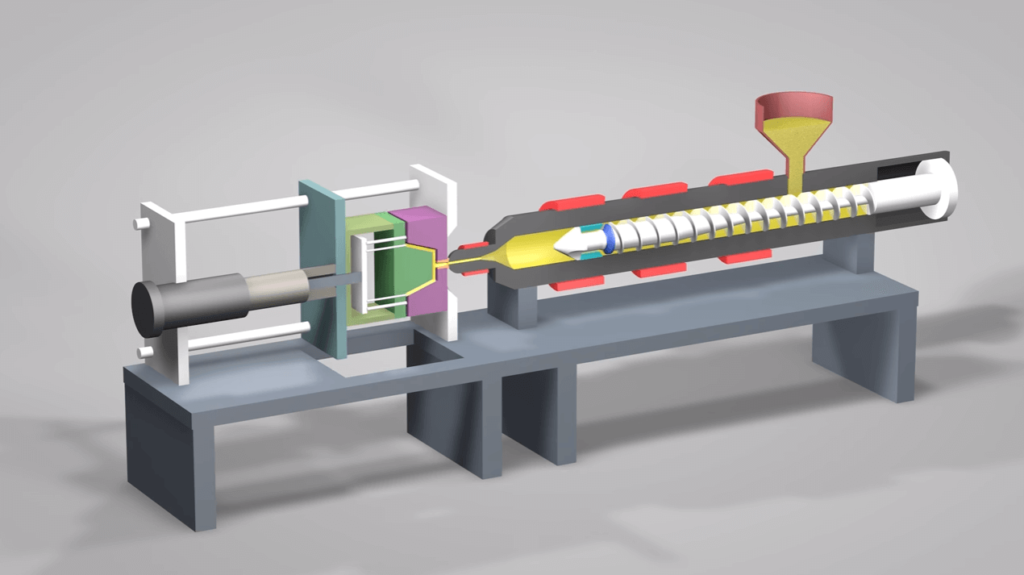Medical injection molding machines are pivotal in the manufacturing process of various medical devices, providing precision and efficiency. Let’s delve into the intricate workings of these machines.
Introduction to Medical Injection Molding
Medical injection molding involves the production of intricate and precise components for Medical Molding devices through the injection of molten material into a mold cavity. This process is widely utilized due to its ability to produce high volumes of parts with consistent quality.
Components of a Medical Injection Molding Machine
Injection Unit
The injection unit comprises the barrel, screw, and hopper. It is responsible for melting and injecting the material into the mold.
Clamping Unit
The clamping unit holds the mold in place and applies pressure during the injection process.
Heating and Cooling Systems
These systems regulate the temperature of the mold and material, ensuring proper solidification and minimizing defects.
Control System
The control system manages various parameters such as temperature, pressure, and injection speed, ensuring precise control over the manufacturing process.
Working Principle of a Medical Injection Molding Machine
Injection Phase
During this phase, the material is melted and injected into the mold cavity under high pressure.
Packing and Holding Phase
Once the mold cavity is filled, pressure is maintained to pack the material and compensate for shrinkage.
Cooling Phase
The mold is cooled to solidify the material, allowing for easy ejection of the finished part.
Ejection Phase
After solidification, the mold opens, and the part is ejected from the mold cavity.
Importance of Precision and Accuracy in Medical Injection Molding
Precision and accuracy are paramount in medical injection molding to ensure that components meet stringent quality standards and fit seamlessly into medical devices.
Advantages of Medical Injection Molding Machines
Medical injection molding machines offer numerous advantages, including high production efficiency, repeatable quality, and cost-effectiveness.
Applications of Medical Injection Molding
Medical injection molding finds applications in the production of a wide range of medical devices, including syringes, IV components, and surgical instruments.
Challenges in Medical Injection Molding
Despite its benefits, medical injection molding faces challenges such as material selection, design complexity, and regulatory compliance.
Future Trends in Medical Injection Molding Technology
The future of medical injection molding technology holds promise with advancements in materials, automation, and additive manufacturing techniques.
Conclusion
Medical injection molding machines play a crucial role in the manufacturing of Medical Molding devices, ensuring precision, efficiency, and quality. Understanding the working principles and components of these machines is essential for optimizing the manufacturing process.
